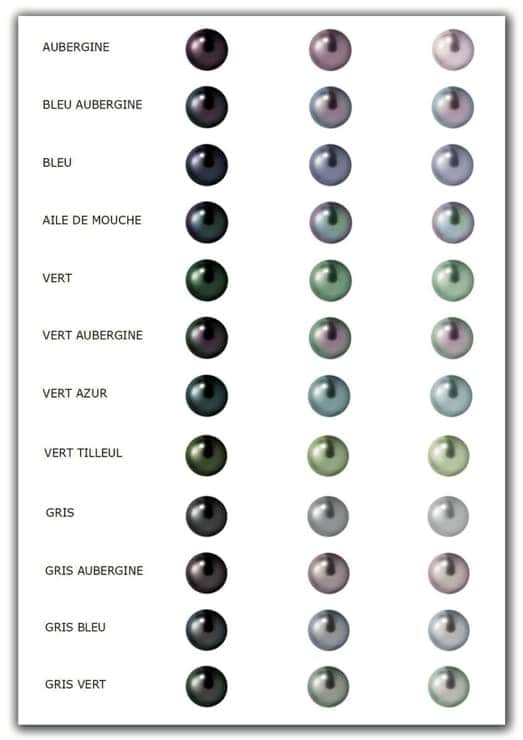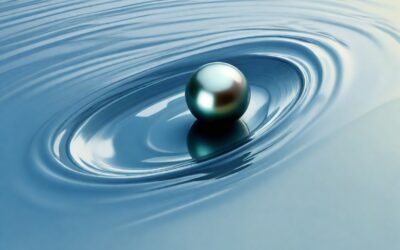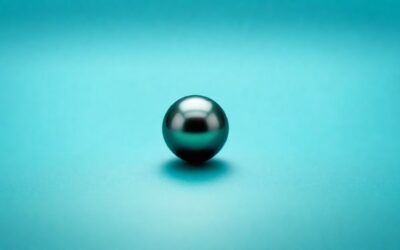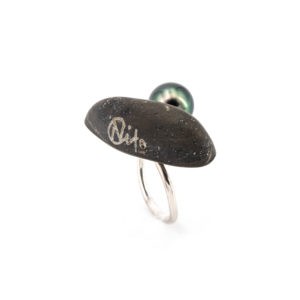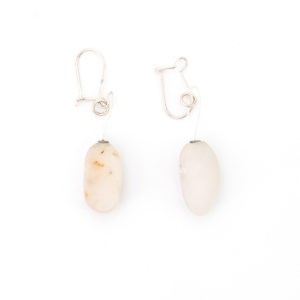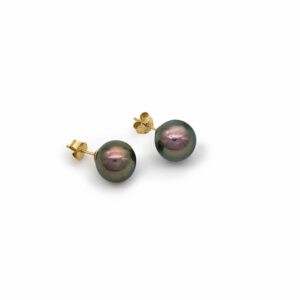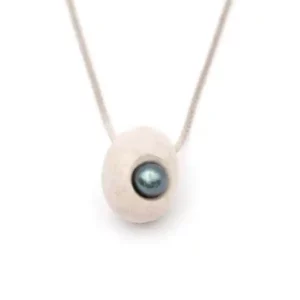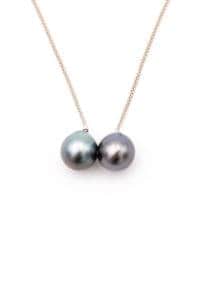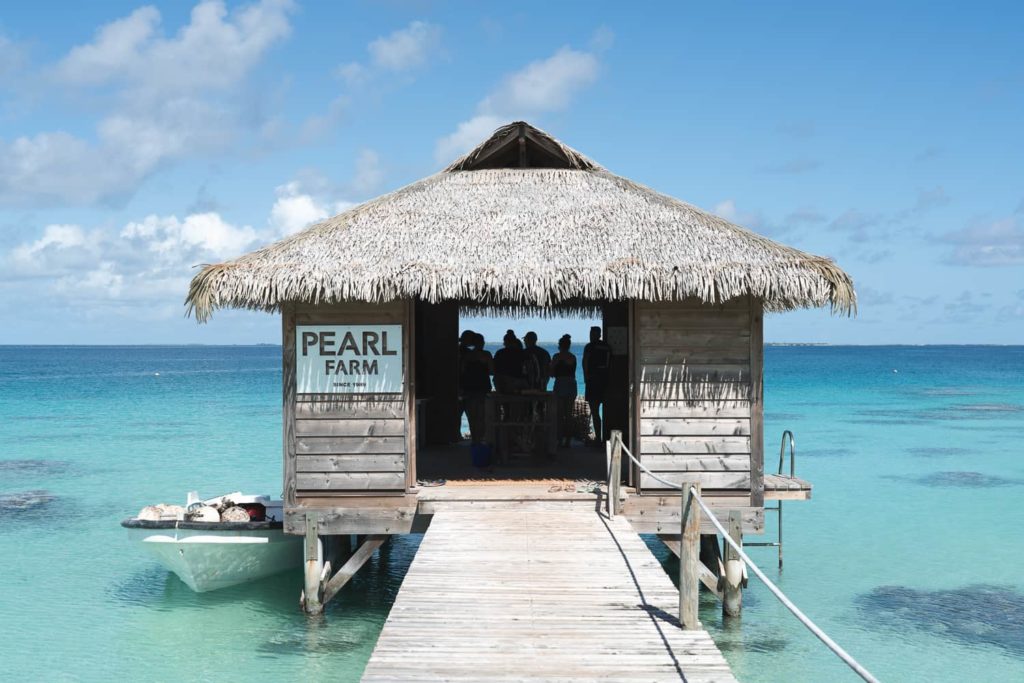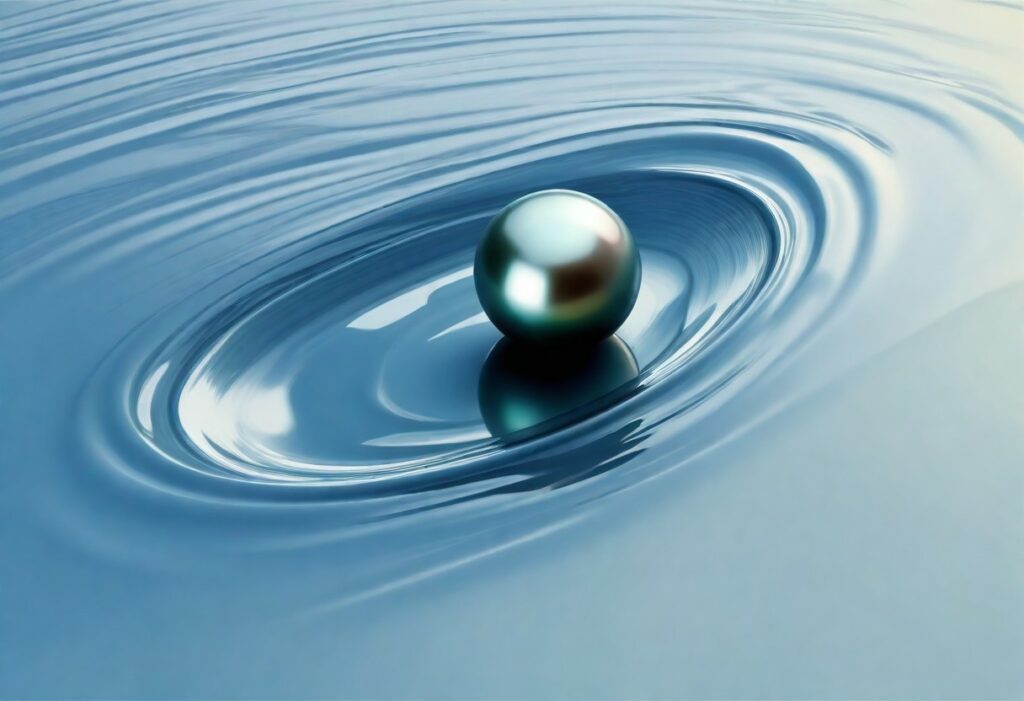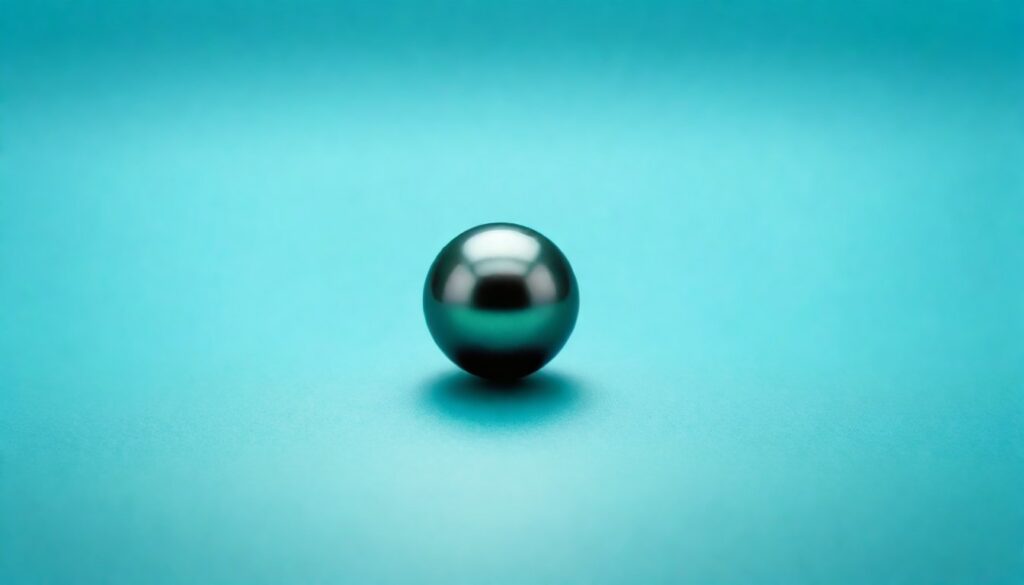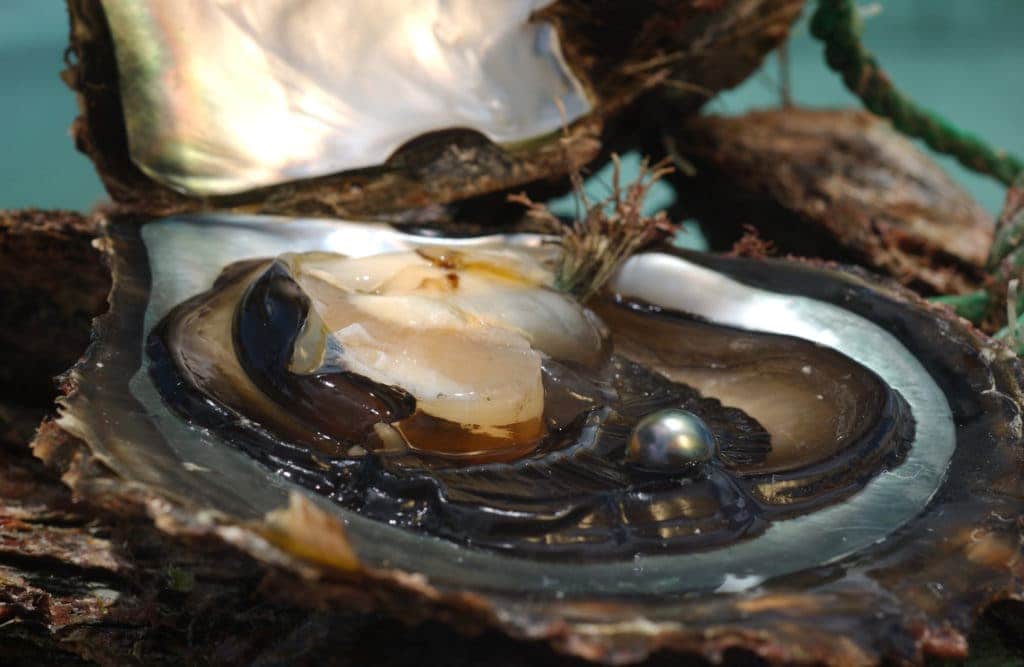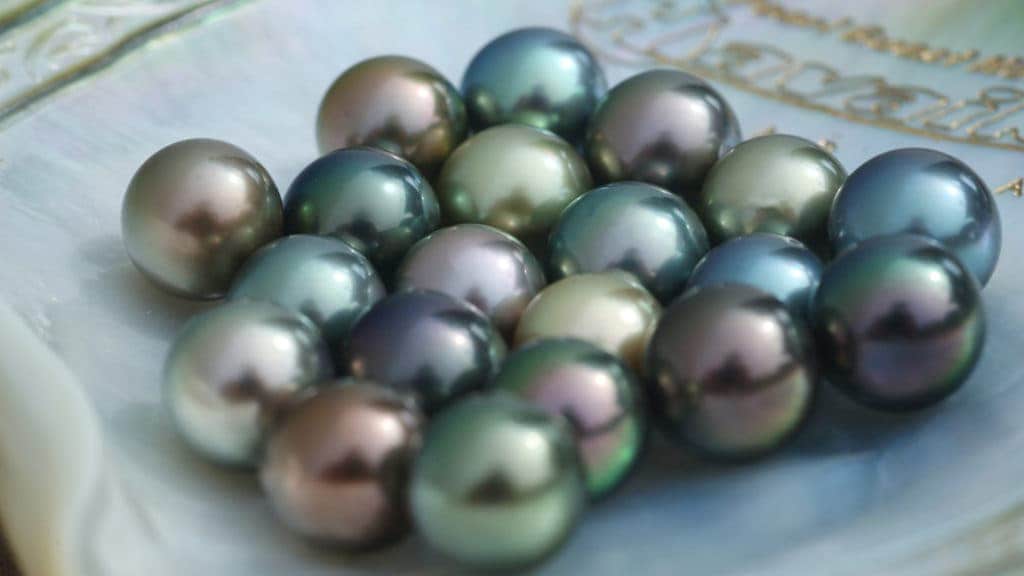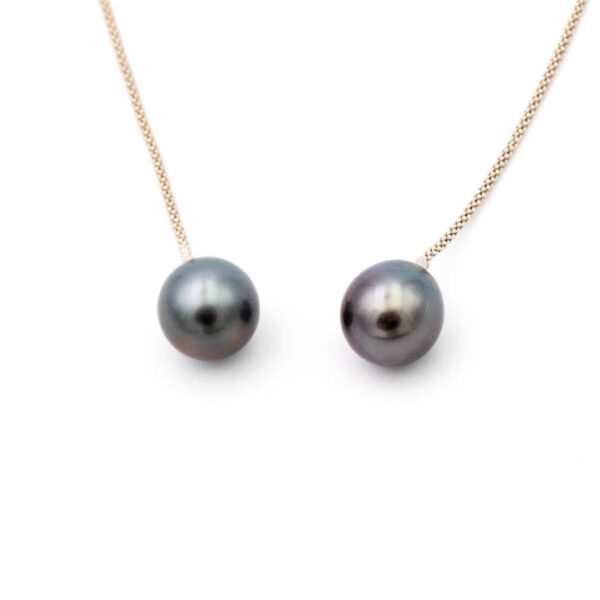THE ABCD CLASSIFICATION OF FRENCH POLYNESIA PERLICULTURE.
As an official Tahitian pearl producer (producer card No. 102 Fakarava atoll), we apply the following classification:
A is the letter attributed to pearls where only less than 10% of the surface has some slight imperfections. On this basis there is A + or TOP GEM without any defect, Also A- if the luster decreases slightly from the A
B is the letter attributed to pearls with less than 30% of the surface showing slight imperfections. On this basis there is B + if the color is rarer, Also B- if the luster decreases slightly.
It is the letter attributed to pearls with less than 60% of the surface showing slight imperfections. On this basis there is C + if the color is rarer, Also C- if the luster decreases slightly.
D is the letter assigned to the pearls of which more than 60% of the surface has imperfections, on rarer colors we can assign a D + and conversely the last classified will be the D-
You should also know that in pairing earrings this classification can be reviewed in its rarity value, it is for example much more difficult to find two identical drops or baroque than two rounds. A pair of pearls like in poker does not knock down all its cards

